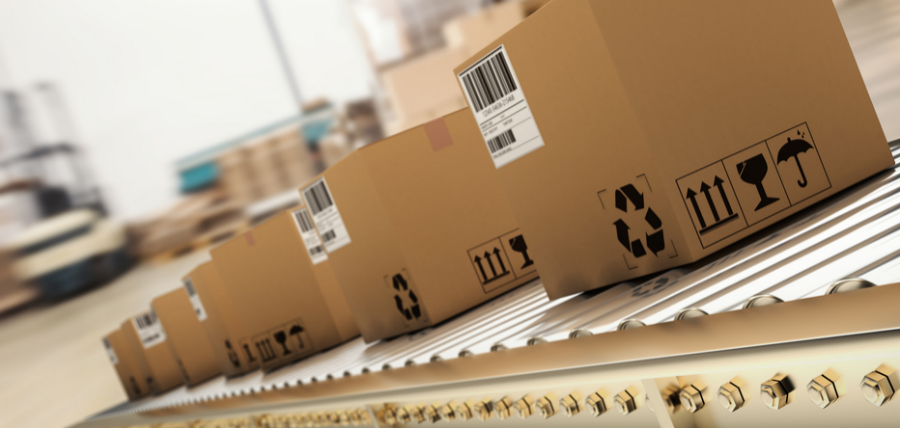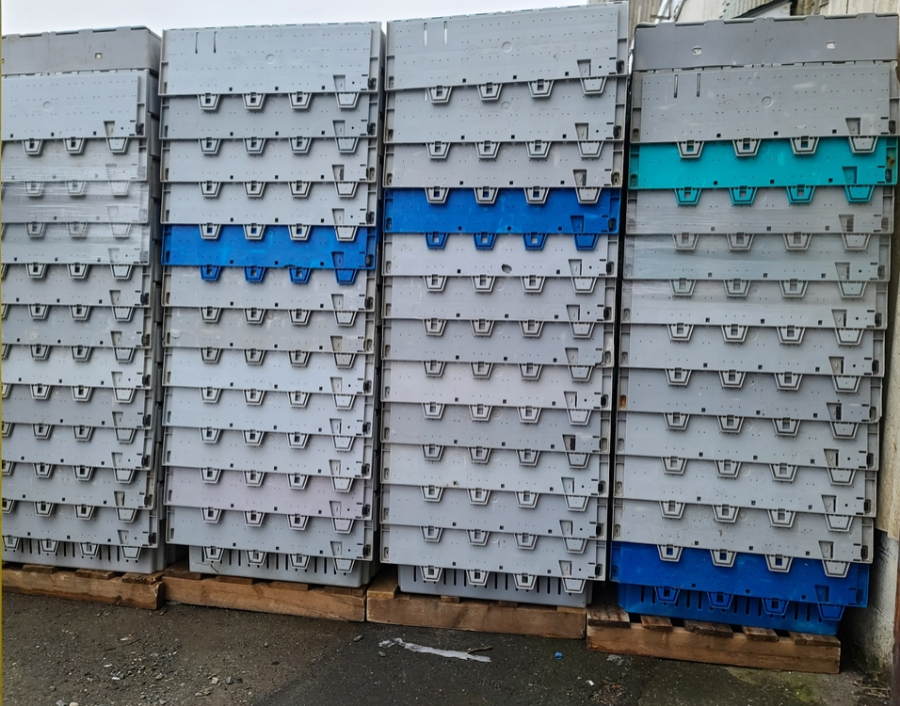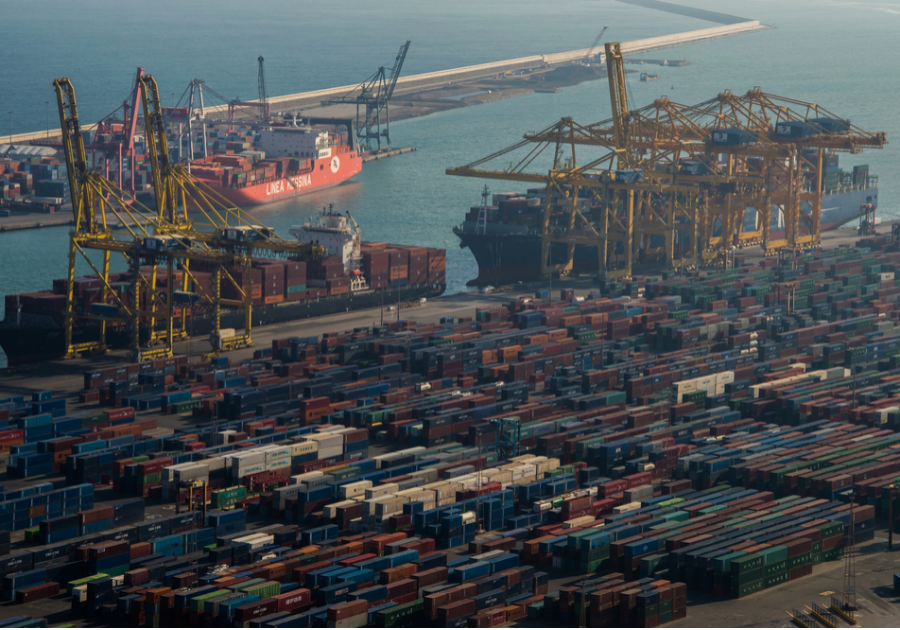5 Warehouse Shipping Mistakes and How to Avoid Them

For many companies, making goods is only half the challenge. The hard part is making sure these goods arrive at their destination on time and intact.
Getting products out the door is often more complicated than most companies realize. You’ll need to either transport the product yourself or hand it off to a third-party logistics company. But you can’t expect the handler to do everything for you. You need to make sure you have the right information and that you are storing your goods inside a durable container — or you stand to lose customers for good. New shippers tend to make a lot of mistakes that can affect their bottom lines and reputations with consumers. Use this guide to avoid sabotaging your shipping operations at all costs.
Paying Too Much for Shipping
It’s best to shop around when finding a shipping company to deliver your goods. You can easily pay too much for shipping if you go with the first offer you find. Keep in mind that shipping and fulfillment costs tend to account for 15 percent to 20 percent of total net sales. The total cost depends on the weight and size of your package and how far it’s going. Look for ways to reduce the total cost of your shipment by storing your goods in a smaller container or reducing the overall weight of the package by using lightweight materials.
Leaving Items Unprotected
Reducing the weight of your shipment can help you save money, but not if it leaves your goods unprotected. Cardboard boxes tend to be the lightest and least expensive shipping containers of all, but they aren’t designed to transport heavy industrial materials, fragile items, or objects with irregular dimensions. If you are shipping raw metal or machine parts, use industrial metal bins to safely store and transport your products. Store overly long or irregular items in wooden shipping crates with custom dimensions to avoid wasting space.

Recycling/Disposing of Your Shipping Materials
Nothing will slow down your shipping operation like disposable packaging materials. Plastic peanuts and foam inserts may be cost-effective at first, but they will eventually sap efficiency. Your workers will have to throw away or recycle these materials at the end of the day, which takes time away from more important tasks. You will have to order more shipping supplies when you run out of disposable materials. High-volume facilities tend to go through these materials fast, and your team won’t be able to send out orders without them.
Consider utilizing reusable shipping materials instead. You can use plastic and metal shipping containers for years on end without putting your products at risk. Choose a container that’s close in size to your products to minimize empty space. You can also sell your used containers online when you’re done with them to recoup your initial investment. A lot of warehouses stack containers and pallets together out in the back of their warehouse when they are finished, but this is extremely wasteful. When you resell the materials, you are not wasting valuable warehouse space on materials you no longer need. Set up a container return program to make sure you get your materials back. Be sure to clean out the container and inspect it for damage after every order.
Invest in versatile containers that can be used to ship and store a wide range of materials. Avoid putting hazardous materials inside food-grade containers to prevent cross-contamination. Label and mark your shipping containers before sending them out for delivery. You can also attach GPS trackers to each container to track them as they move through the supply chain.
Incorrect Shipping Information
Your goods won’t arrive at their destination unless the carrier has the right shipping information. You also need to follow the customers’ directions to a tee to keep them coming back for more. The supply chain runs on this kind of information, but important details can easily get lost in the shuffle if you are entering or uploading this information by hand. That’s why it’s important to use an automated warehouse system that acts as a stopgap against human error. The system will print off the label for each package, so the worker doesn’t have to worry about sending the container to the wrong address. Workers will also scan individual items before putting them in the container to make sure it is going to the right place.
Every order is made up of vast quantities of information that you can use to improve your shipping operations. Use data analytics programs to anticipate future demand for your products based on your previous sales data to better prepare for sudden ups and downs.

Setting Expectations Too High
Lots of retailers and shippers promise free or ultra-fast shipping, but this is often difficult to achieve in practice. You have to incorporate the cost of shipping into your budget if you plan on offering free shipping. You also need to give the customer an accurate idea of when the package will arrive without overselling your abilities.
Keep in mind that many logistics companies have had to raise their prices over the last few months to account for increased travel times and the added cost of doing business overseas. You may have to pay more to ship your goods than you did in years past and it may take them longer to arrive at their destination.
Use this information to simplify the shipping process. Find the path of least resistance to keep your customers satisfied and save money at the same time.































































